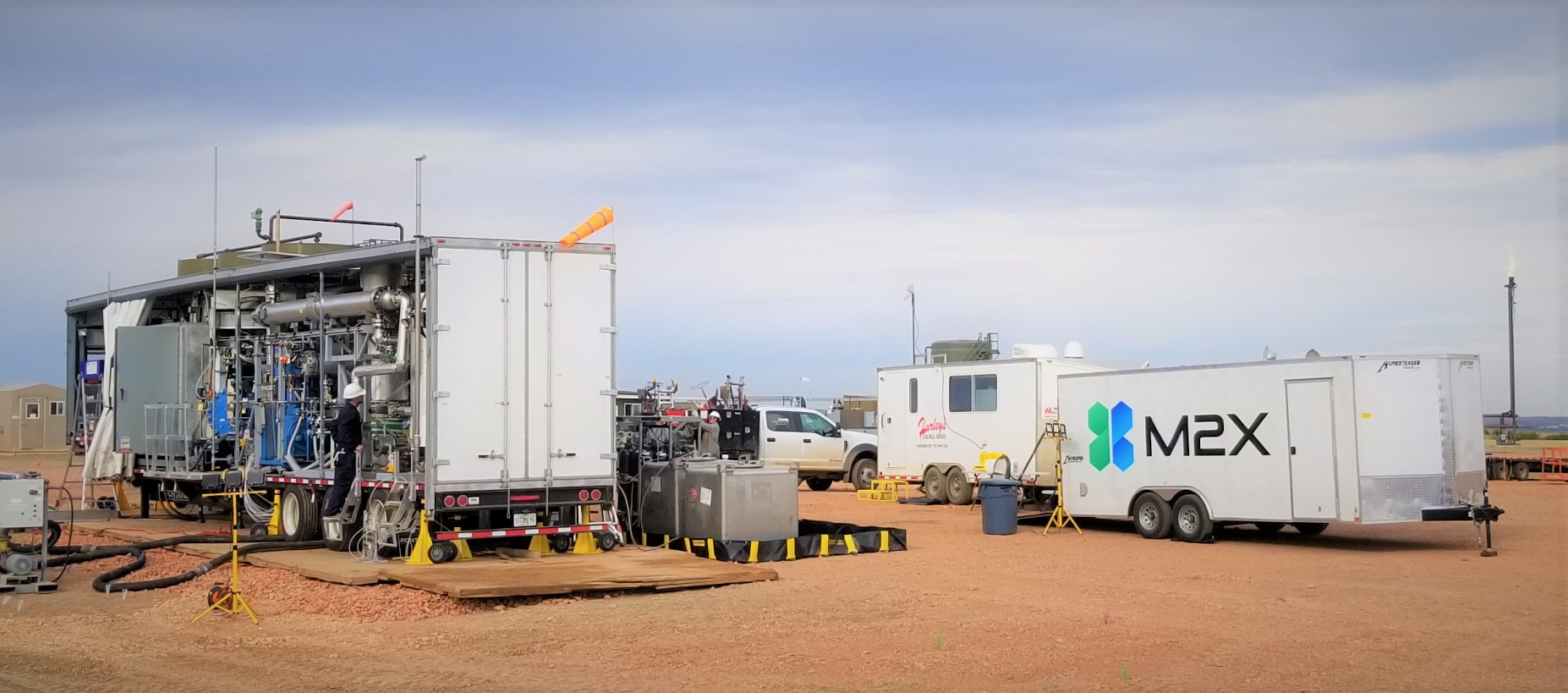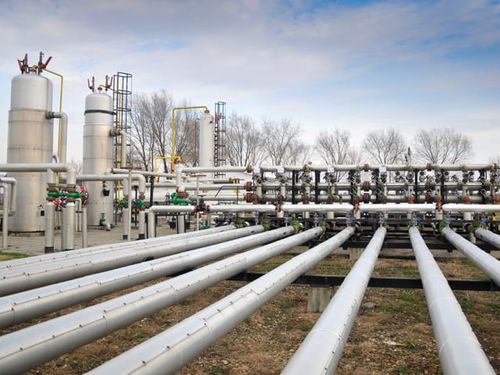Nick Stork wants to bring his expertise in renewable natural gas to bear on other sectors where repeatable processes exploit waste streams to create predictable cash flow.
Stork, who founded Archaea Energy and later took it public, recently made the first publicly announced investment out of his new fund, Conifer Infrastructure Partners, into a biomethanol technology and project developer called M2X Energy.
But he and his team are also seeking to expand into new sectors where similar models can be applied to wasted sources of energy or gas, and Conifer has already made an investment into Current Hydro, a developer of hydropower projects. It is also in the process of building a helium platform.
“We’re not investment managers looking for new ideas – we’re really focused around a select few companies that we’re building for the long term,” he said. “I really want to build three to five great companies, trying to take lessons learned from Archaea and previous experiences” — specifically, the design principle of repeatability.
Archaea was founded in 2018 and went public with a $347m valuation via a SPAC deal in 2021. It was combined with Aria Energy and, in 2022, bought out by bp for $4.1bn.
Conifer has already hired a team of 10 people to help support the investment and development platform. Stork will invest his own money and will seek to raise an unspecified amount from limited partners to invest on a minimum 10-year timeline.
“So far I’ve put in, you know, a significant amount of my net worth towards building these companies,” he said, adding that he expects the target companies to be cash flow positive within a short period of time.
“We’re not going to go through multiple rounds of equity dilution to get to the point of commercialization and being free-cash-flow positive.”
M2X
Conifer made the investment in M2X alongside Breakthrough Energy Ventures and three other venture capital funds. M2X previously closed a Series A raise in 2021.
While the M2X capital raise was a Series B, Stork said he does not perceive any technology risk in the deployment of M2X’s modular gas-to-liquids systems that will produce low-carbon methanol from stranded methane. The company will pursue partnerships with biogas sources such as landfills, anaerobic digestors, and wastewater treatment plants.
“With limited upfront capital, you can have trailers show up and start producing [biomethanol] from that emissions source,” he said.

“We’re very interested in the marine fuel market,” he added, noting that co-location opportunities tend to point to the U.S. coasts.
Stork explained that M2X was initially focused on flare gas, but has since shifted to biogas. “That we think is an interesting market because it has a carbon intensity score based on a lifecycle calculation that satisfies EU requirements,” he said, which adds further advantages for selling the product under long-term arrangements.
Even though natural gas processing systems are the largest source of waste methane, Conifer’s focus on predictable cash flow leads it to biogas methane, since there are several factors working against deploying M2X technology on flare gas from natural gas-based sources: shale wells suffer high declines rates, fossil fuel regulations are changing, and pipeline infrastructure is getting better at handling flare gas.
Biogas, in contrast, provides a predictable resource that operates over a 30-year decomposition curve, and usually features an inverse decline curve compared to the 60%-70% early-year declines in shale wells.
The biomethanol produced by M2X will be significantly cheaper than green methanol – which Stork estimated would need to cost at least $1,500 per ton to make economic sense – but still come at a premium to fossil-based methanol. “It is a premium, but it’s a premium that doesn’t kill an industry,” he said, “or require environmental attributes or [tax credits] to make it economic.”
Stork said the cost of one methanol-producing M2X trailer is several million dollars for the standardized unit. “If it’s a large biogas source, we can show up with 20 trailers,” he said.
He believes there is sufficient demand to build a hundred M2X trailers over the next couple of years: “So there’s a lot of capital to put to work.”
Current Hydro
Conifer has acquired a hydropower platform called Current Hydro, and is similarly seeking to create a repeatable model for building hydro projects. “We hope to bring a standardized approach to building hydropower on locks and dams on American industrial waterways,” he said.
Current Hydro has 12 projects in the permitting and licensing phase. “These are locks and dams that are being used every day for commercial navigation and flood mitigation that can’t go anywhere, and it’s a wasted energy opportunity in that they’re not producing hydropower today,” Stork said.
In the U.S., non-powered dam retrofits accounted for 95% of all proposed new hydropower capacity as of 2022, according to the Department of Energy.
The projects developed by Conifer’s portfolio companies are targeted toward investment-grade counterparties as offtakers, including those under development by Current Hydro.
The hydropower model also fits into the repeatability concept, where Conifer is seeking to standardize a design that can be deployed at varying scales. “Not much has changed in the hydropower turbine in the last hundred years,” Stork said. But, he added, “There’s better ways to build projects.”
Helium
Conifer is also building a platform in helium, again underscoring the concepts of finding waste sources and turning them into predictable, cash-flowing business models.
The ideas for these businesses, Stork said, come from “curiosities, things that don’t make sense, market opportunities that I stored in the back of my mind and wanted to pick up again, because I thought there were real significant opportunities for these kind of scale models.”
With helium, Stork believes there is an opportunity to produce the gas in a low-carbon way, focusing on areas where it’s treated as waste. “We see very favorable supply-demand dynamics and the ability to enter into long-term contracts,” he said.
Helium is a critical element for a number of industries, such as for MRI scanners and space exploration. Down the road, the return of semiconductor manufacturing to the U.S. could also be a demand driver, according to Stork.
The gas is found in natural gas fields, including some fields that have highly understandable and predictable helium supplies, Stork said, and it is treated as a waste gas by oil and gas operators that are focused on oil production.





